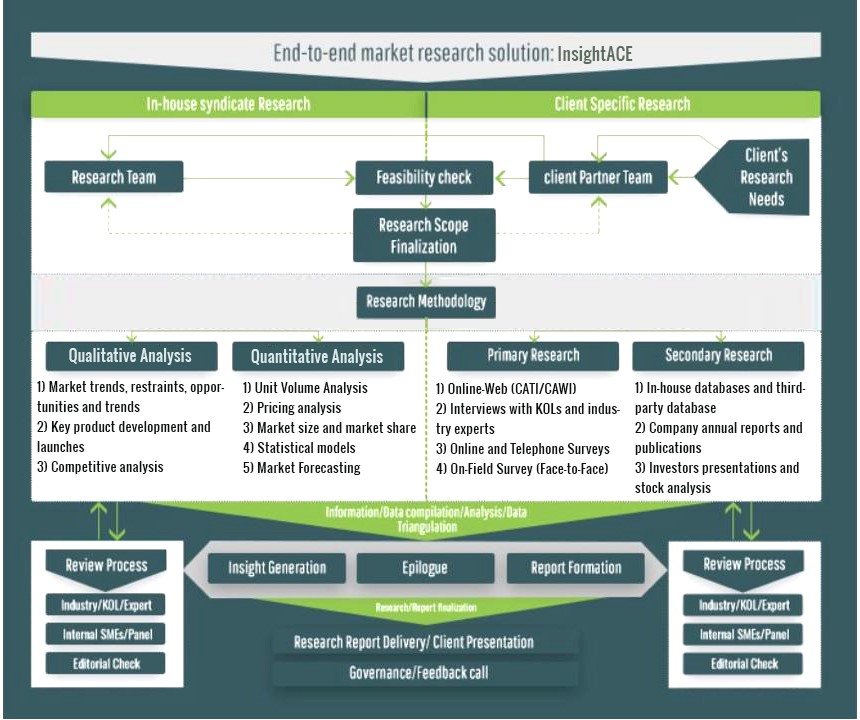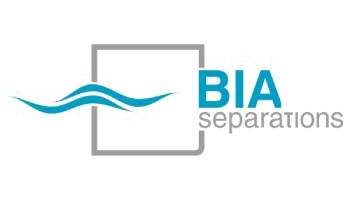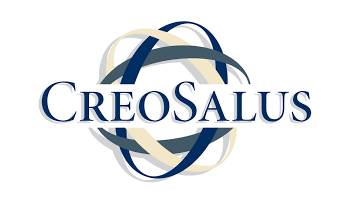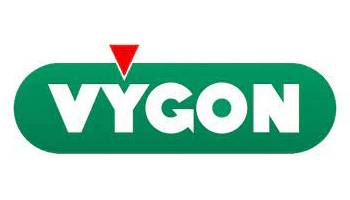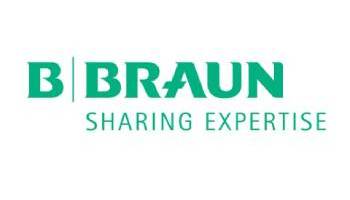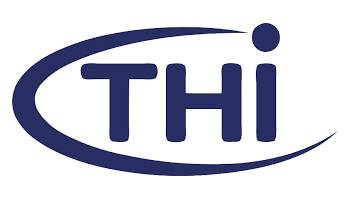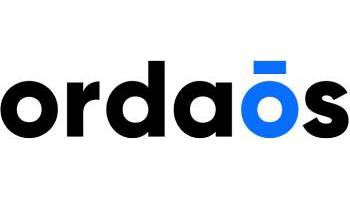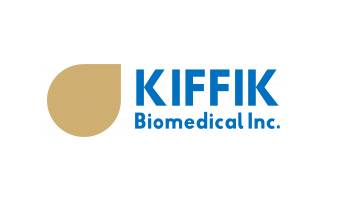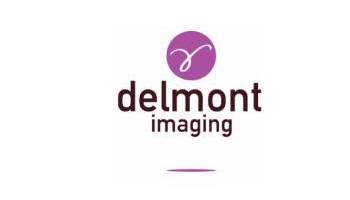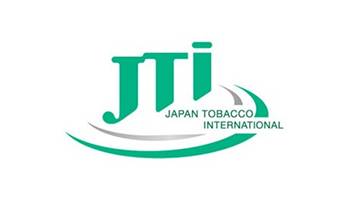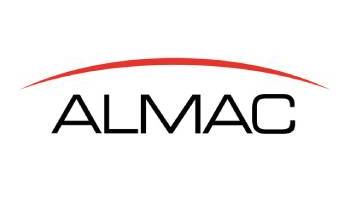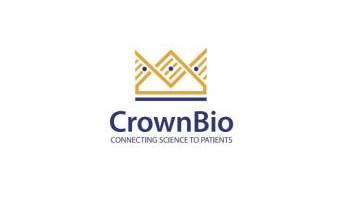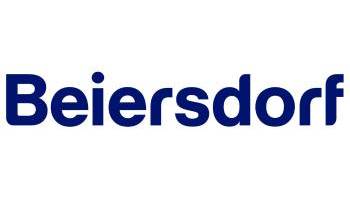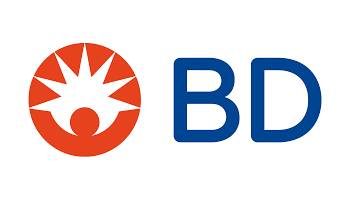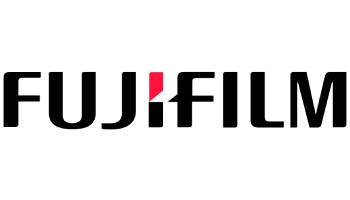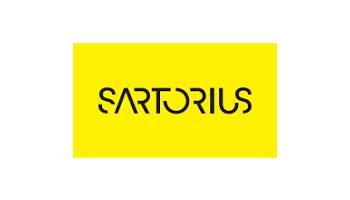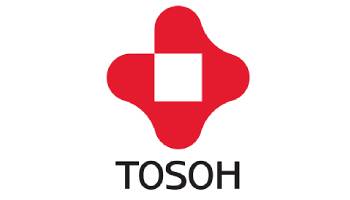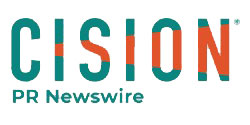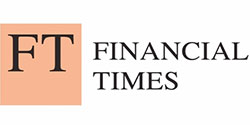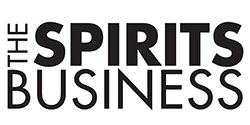The Wireless Brain Sensors Market Size is valued at USD 190.64 Million in 2023 and is predicted to reach USD 452.64 Million by the year 2031 at an 11.7 % CAGR during the forecast period for 2024-2031.
Wireless Brain Sensors are used for patients suffering from different brain disorders such as Parkinson's disease, Alzheimer’s disease, sleep disorders, dementia, traumatic brain injuries, and other brain conditions. Wireless Brain Sensors are devices that help to monitor and maintain the intracranial pressure and temperature within the patients having brain injury or disorder. These sensors are easy to handle and operate remotely without wires. The rising demand for wireless brain sensors from various healthcare centers is anticipated to propel the growth of the wireless brain sensors market during the forecast period.
There are multiple factors that drive the wireless brain sensors market, such as rising adoption of advanced technologies, increasing prevalence of neurological disorders, changing lifestyle, growing mental stress, cost-effective procedures and easy access to real-time data, various government initiatives for the R&D of novel wireless devices and increase in the awareness programs regarding advance neurological disorders treatments. Whereas, factors like the high cost of treatments, shortage of skilled professionals, complex procedures, and stringent regulations may downscale the growth of the wireless brain sensors market over the forecast period.
Market Segmentation
The wireless brain sensors market is segmented into Products, Applications, End-users, and regions. The Products segment comprises Electroencephalography (EEG) Devices, Sleep Monitoring Devices, Intracranial Pressure (ICP) Monitors, Transcranial Doppler (TCD) Devices, and Others. The electroencephalography (EEG) Devices segment is anticipated to dominate this market in the future. In terms of Applications, the market is sub-segmented into Dementia, Epilepsy, Parkinson's disease, Traumatic Brain Injuries, and Others. By End-users, the market is sub-divided into Multispecialty Hospitals, Research Institutes, and Others. Multispecialty Hospitals end-user segment holds the largest revenue share of this market, owing to the increasing number of accident cases, stroke patients, and traumatic brain injuries. Moreover, the Research institutes segment will also lead this market due to rising trials on brain-sensing devices. At the regional level, the wireless brain sensors market can be segmented into North America, Europe, Asia-Pacific, Latin America, and the Middle East and Africa. North America is expected to be the major market shareholder of this market over the forecast period, followed by Asia-Pacific, Europe, and Rest-of-the-World.
Competitive Landscape
Some Major Key Players In The Wireless Brain Sensors Market:
- EMOTIV,
- Advanced Brain Monitoring, Inc.,
- NeuroSky,
- Neuroelectrics,
- Neuronetrix Solutions, LLC,
- Muse,
- Other prominent players
Wireless Brain Sensors Market Report Scope
|
Report Attribute |
Specifications |
|
Market Size Value In 2023 |
USD 190.64 Million |
|
Revenue Forecast In 2031 |
USD 460.30 Million |
|
Growth Rate CAGR |
CAGR of 11.7% from 2024 to 2031 |
|
Quantitative Units |
Representation of revenue in US$ Million, volume (units) and CAGR from 2024 to 2031 |
|
Historic Year |
2019 to 2023 |
|
Forecast Year |
2024-2031 |
|
Report Coverage |
The forecast of revenue, the position of the company, the competitive market structure, growth prospects, and trends |
|
Segments Covered |
By Product, By Application, By End-User |
|
Regional Scope |
North America; Europe; Asia Pacific; Latin America; Middle East & Africa |
|
Country Scope |
U.S.; Canada; U.K.; Germany; China; India; Japan; Brazil; Mexico ;The UK; France; Italy; Spain; China; Japan; India; South Korea; South East Asia; South Korea; South East Asia |
|
Competitive Landscape |
EMOTIV, Advanced Brain Monitoring, Inc., NeuroSky, Neuroelectrics, Neuronetrix Solutions, LLC, Muse, and Other Prominent Players |
|
Customization Scope |
Free customization report with the procurement of the report, Modifications to the regional and segment scope. Particular Geographic competitive landscape. |
|
Pricing And Available Payment Methods |
Explore pricing alternatives that are customized to your particular study requirements. |







